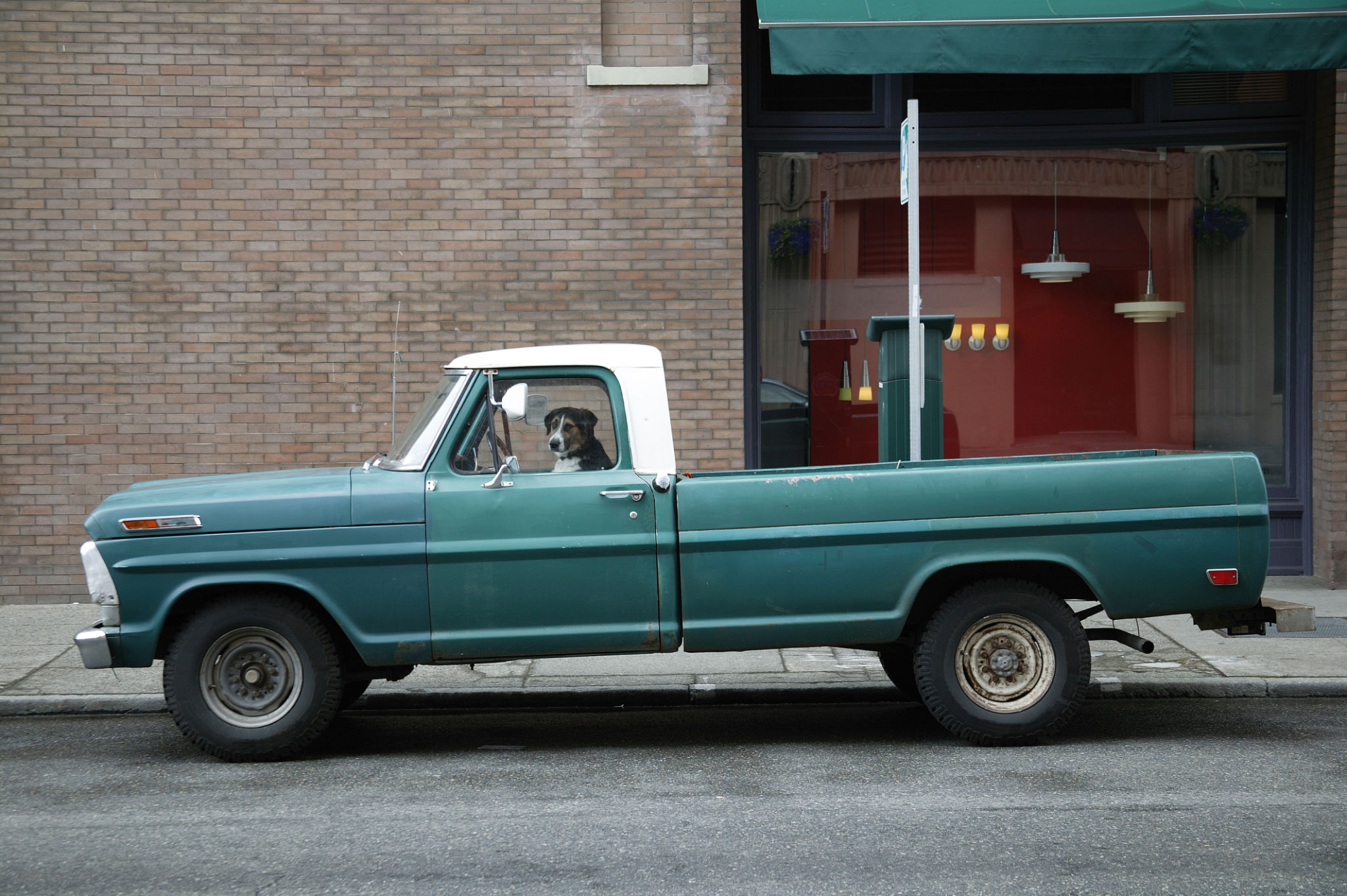Case Study: Successful Metal Restoration Projects Using Laser Cleaning
LL
Introduction to Laser Cleaning in Metal Restoration
In recent years, laser cleaning has revolutionized the field of metal restoration. This innovative technology offers a precise and efficient method for removing rust, paint, and other contaminants from metal surfaces without causing damage. The non-abrasive nature of laser cleaning makes it an attractive choice for restoring valuable and delicate metal items.

The Advantages of Laser Cleaning
Laser cleaning provides several advantages over traditional cleaning methods. One of the most significant benefits is its ability to target specific areas without affecting the surrounding material. This precision reduces the risk of damaging intricate details on metal surfaces, making it ideal for restoring antiques and historical artifacts.
Additionally, laser cleaning is environmentally friendly. Unlike chemical cleaning methods, it does not produce hazardous waste or require the use of toxic substances. This makes it a sustainable choice for conservation projects, aligning with growing environmental concerns.
Case Study: Restoring Historical Artifacts
One successful example of laser cleaning in metal restoration is the revitalization of historical artifacts. Museums and conservationists have utilized this technology to preserve items ranging from ancient weaponry to vintage machinery. By removing only the unwanted layers of corrosion or paint, laser cleaning helps maintain the integrity and authenticity of these precious objects.

Project Success: Restoring Antique Automobiles
Another noteworthy application of laser cleaning is in the restoration of antique automobiles. Car enthusiasts and restoration experts have turned to this method to bring classic vehicles back to their former glory. The precision of laser cleaning ensures that delicate components, such as chrome accents and detailed engravings, remain intact while removing layers of grime and rust.
For example, a recent project involved restoring a vintage sports car plagued by rust and paint deterioration. Using laser cleaning, experts removed the corrosion without harming the delicate bodywork, resulting in a stunning transformation that preserved the car's historical value.

Industrial Applications and Benefits
Beyond historical and antique restoration, laser cleaning has proven beneficial in industrial applications. Factories and manufacturing facilities use laser technology to clean and maintain equipment, ensuring optimal performance and longevity. The process is quick and efficient, minimizing downtime and reducing maintenance costs.
Industries such as aerospace, automotive, and power generation have embraced laser cleaning for its ability to remove contaminants like grease, oil, and oxides from metal components. This enhances product quality and ensures compliance with industry standards.
The Future of Metal Restoration
As laser cleaning technology continues to advance, its applications in metal restoration are expected to expand. Future innovations may include more compact and portable systems, allowing for greater accessibility and convenience in various settings.
Moreover, ongoing research aims to enhance the efficiency and effectiveness of laser cleaning, making it an even more attractive option for diverse restoration projects. With its proven success in a range of applications, laser cleaning is poised to remain a cornerstone in the field of metal restoration.

